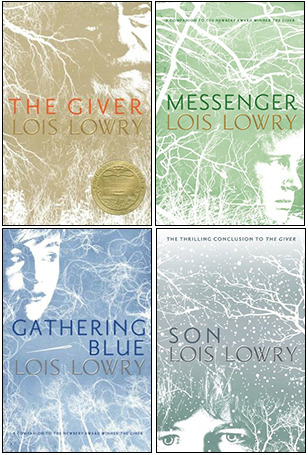My parents have tried unsuccessfully for years to get my brother and I to fix our handwriting. My dad even got me a handwriting practice book for Christmas (passive aggressive much?). I dabbled in it a bit in the beginning of quarantine but my handwriting has since reverted into scrawls again.
Early on, handwriting styles differed wildly from region to region. An attempt to standardize writing and legibility yielded Carolingian miniscule, which had lowercase letters, word separation, and punctuation. Parchment got more expensive, though, so people tried to push back against the gothic handwriting/blackletter by using a more looped, cursive form of writing. Elegant penmanship soon became a status symbol, so there were many schools to train master scribes. These master scribes were responsible for copying important documents like the Declaration of Independence and the Constitution, but it was quite different among non professionals.
Amateur writers adopted handwriting styles that reflected various professions and social ranks. Men and women had their own flourishes in handwriting based on their sex, for example. Afterwards, there were several handwriting styles that emerged to democratize handwriting and make it easier to learn. These included the Palmer method, Spencerian method, Zaner-Bloser method, and the D’Nealian method. It’s likely that your school taught cursive the D’Nealian way if you’ve ever seen this:
Clearly, though, technology has seemingly dampened the importance of beautiful penmanship. Why spend time practicing handwriting if there are typewriters, keyboards, and fonts that will do it all for you? While I agree to some extent, I still think there’s a place for handwriting in the modern world. If nothing else, it’s nice to look at, and we still need calligraphers to make new fonts for us. With all that said, how can we improve our handwriting?
The first steps are basically all the prep work. It’s important to find the right pen (ballpoint vs gel, tip size, color, brand, grip/body, etc.) or pencil. You can explore your preferences by doing some drills like loops and lines, which will also help you relax.
Next, figure out what grip you like. While the dynamic tripod grip is widely regarded as the most stable and relaxed, there are alternative grips that many prefer as well. Google around and try a couple before settling on your favorite. Just make sure that you’re not holding it too tight, which is a common mistake that fatigues the muscles very quickly.
After the prep work, this is when methods start to disagree. Some say to model after a font or a calligrapher that attracts you and go from there. Others say to start with examining your own handwriting. That part doesn’t seem to matter as much if you practice consistently. Doing drills constantly and modifying certain letters will greatly improve your handwriting. After long enough, you’ll be left with beautiful, consistent, and personal handwriting.





